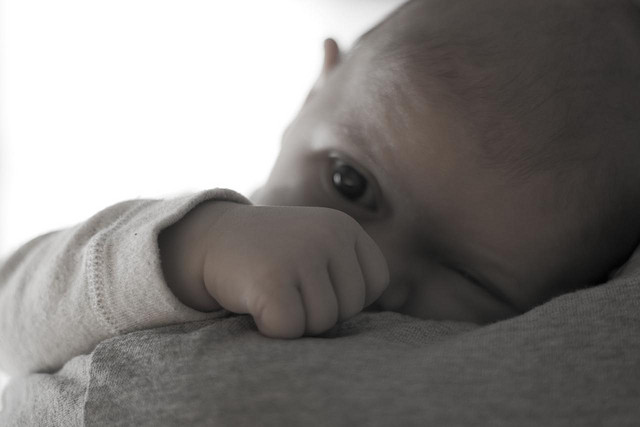Babies’ eyes may hold early clues about autism
Ars Technica » Scientific Method 2013-11-08
Trouble with eye contact is a hallmark of children with autism and related disorders. But according to a new study in Nature by Warren Jones and Ami Klin, atypical patterns of eye contact show up before other overt signs of trouble in kids that are later diagnosed with autism spectrum disorders. Furthermore, the study’s findings may have important implications for how we think about, study, and diagnose autism.
Jones and Klin studied 110 infants; 59 were at high risk for autism spectrum disorders (since at least one of their siblings had already been diagnosed), and 51 were at low risk (with no known autistic family members). To examine and quantify the kids’ eye contact, each child was strapped into their car seat or a baby carrier and placed in front of a monitor. Here, they watched videos of a woman looking right into the camera and acting as a mom or babysitter would, talking aloud, playing patty cake, or doing some other typical activity. The researchers used an eye-tracking camera and software to monitor where on the screen the infants were looking during the videos, and how long their gaze lasted. Each child was first tested at two months of age, then tested at regular intervals until they were two years old.
By the time the kids were three, 12 of the high-risk children and one from low-risk group had been formally diagnosed with autism or a related disorder. Because of the low incidence of autism in girls (both in this cohort and in general) the researchers only included the 11 autistic and the 25 “typically-developing” boys in this study.
Read 12 remaining paragraphs | Comments





